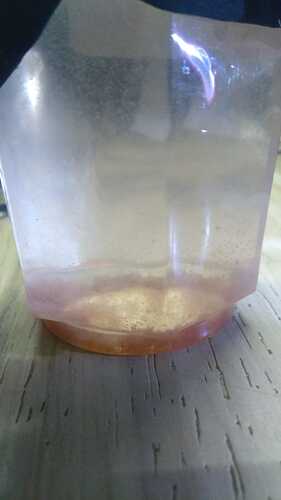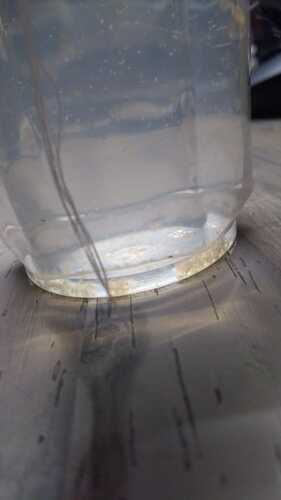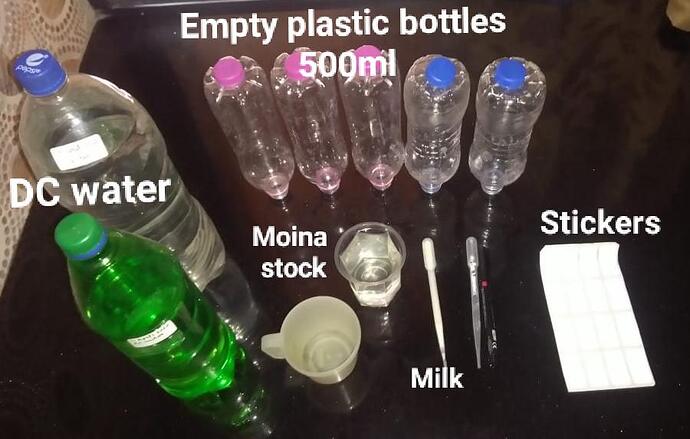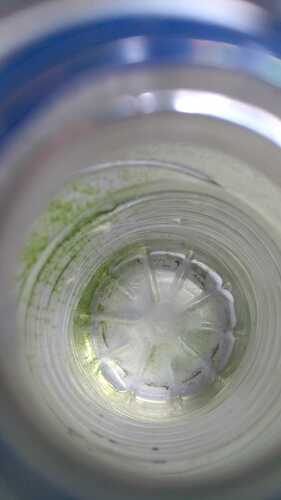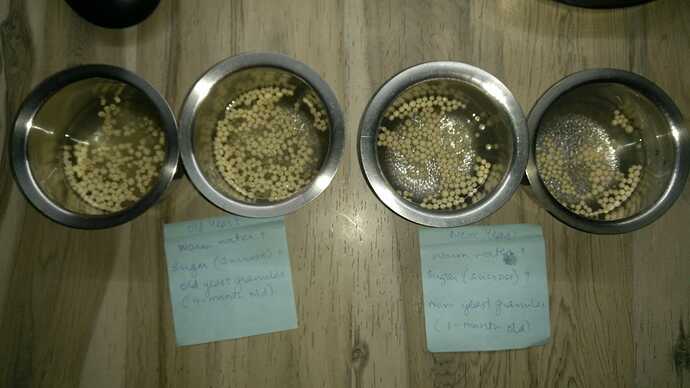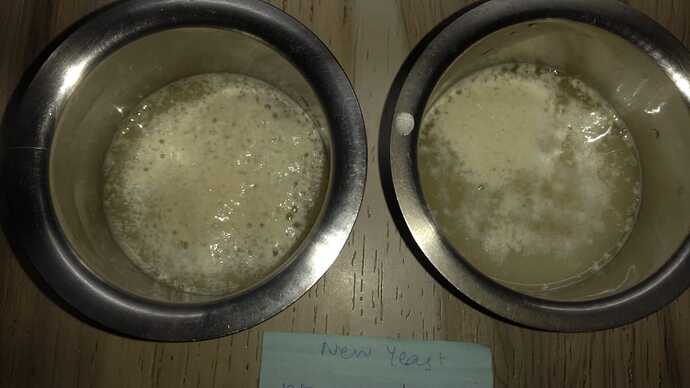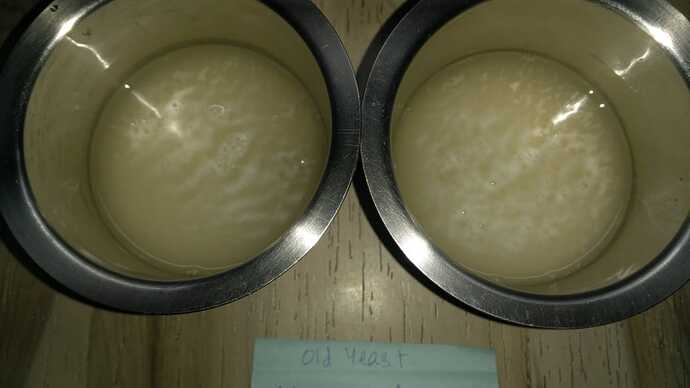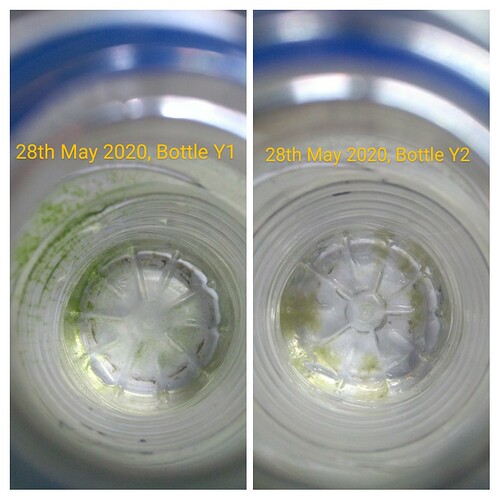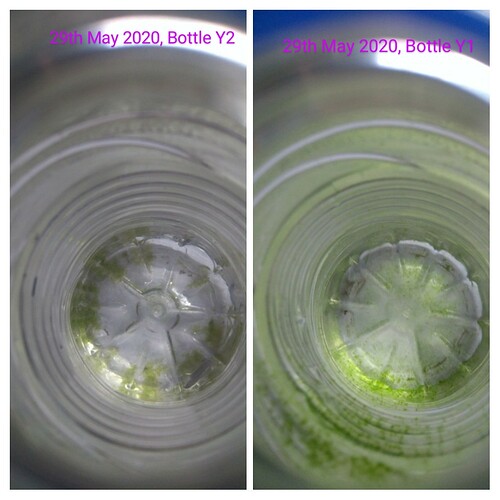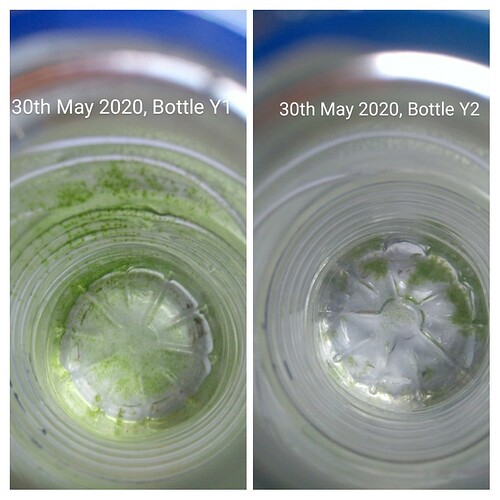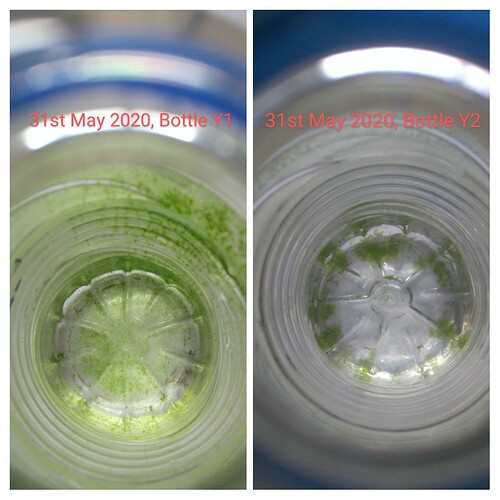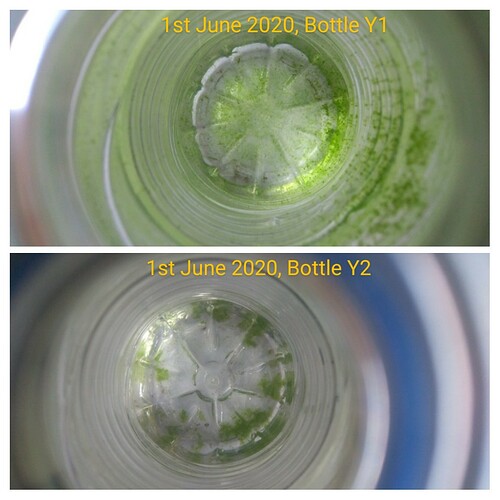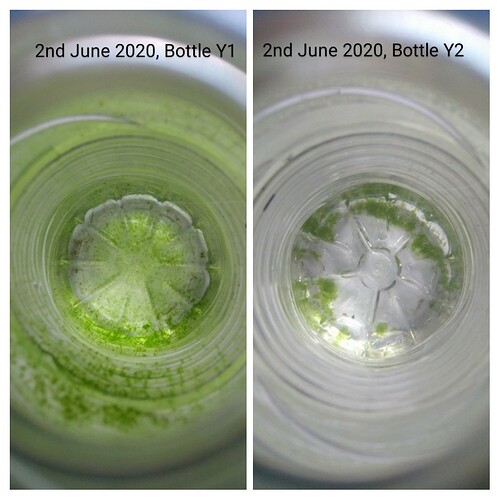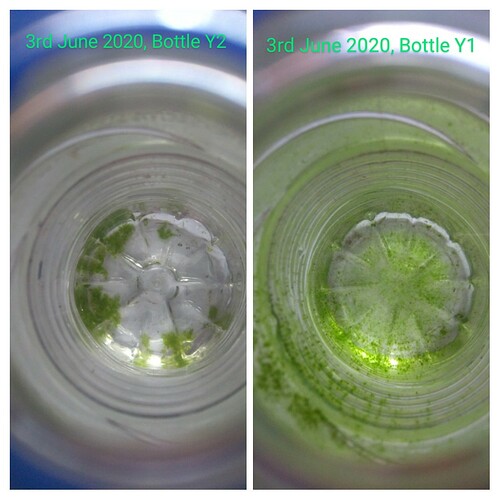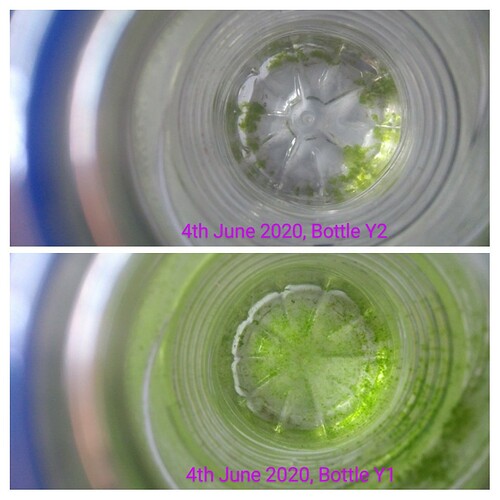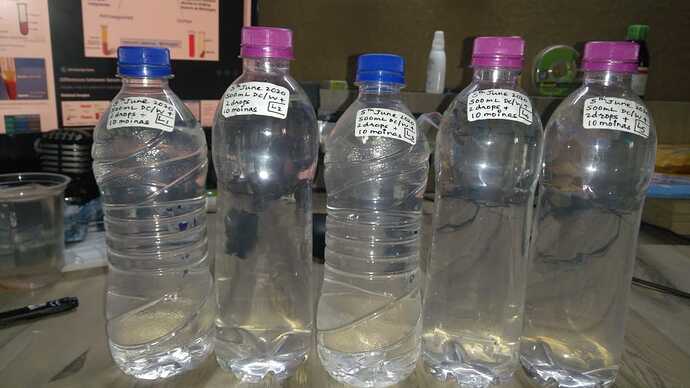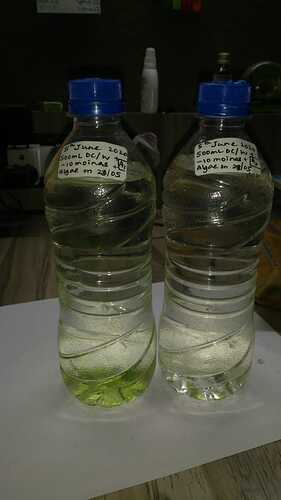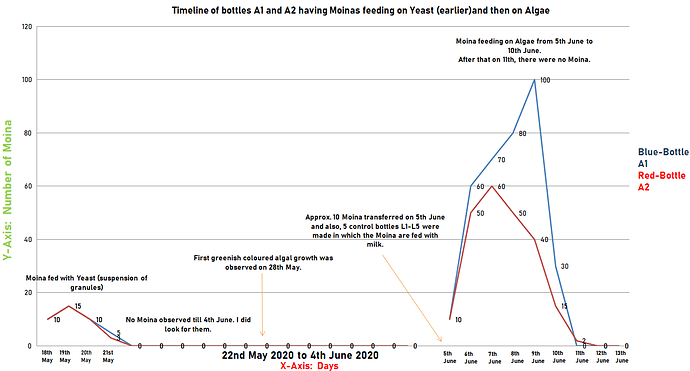CUBE Nerul, Navi Mumbai Home lab
May 29, 2020
BREAKING NEWS!!
The Yeast fermented the Sugar!!!
From the past week, I was in a worry that why didn’t the Moinas which were fed with suspension of Yeast Granules survive!
Abhijith Vinod from CUBE Kolenchery had suggested that may be the Yeast Granules which I had used were not viable or usable.
Why?
I had used the yeast granules from the packet which was opened 9 months ago whereas the shelf-life of Yeast granules is 4 months.
So how could I check whether the Yeast which I have is viable or not?
I designed a quick experiment on the basis of the simple of fermentation by Yeast.
What is Yeast?
What is fermentation?
Yeast is an unicellular fungi which is used in our kitchens as a fermenting agent in baking the dough, making the breads, cakes fluffy/puffy. This puffiness or softness is due to the fermentation done by Yeast.
Fermentation is the breakdown of carbohydrates present in the substrate performed by Yeast giving out acid, alcohol and Carbon Dioxide (CO2) gas as by-product. As there is an evolution of gas, it fills inside the bread, cake and makes them soft and uplifted.
So, with the help of the ingredients and materials available at home, I performed an experiment to prove whether the Yeast which I am having is working or not.
The Hypothesis:
The Yeast granules which I am using has proteins, fats, vitamins and minerals along with the organism Yeast in inactive or dehydrated form. So, when I will suspend these granules in the water, they will get activated and then it will ferment the sugars present inside the water. Some bubbles/effervescence would be seen after some time.
The 9-month old Yeast granules won’t show effervescence whereas the 1-month old will show.
Here, I used 4 cups half-filled with warm water (warm, as suggested by my Mother), 9-month old Yeast granules, 1-month old Yeast granules, Sugar granules as a source of Sucrose which is a carbohydrate which will be broken down/hydrolysed.
As always, I used replicates along with test and control. Control is used for the comparison with the test.
Control: 2 cups half-filled with warm-water + 1 teaspoon or 5gms of sugar + half-a-teaspoon of 1-month old Yeast Granules.
Test: 2 cups half-filled with warm-water + 1 teaspoon or 5gms of sugar + half-a-teaspoon of 9-month old Yeast granules.
After this was done, I kept it for 15-minutes.
When observed after 15mins, I saw that the control cups were showing bubbles which showed Carbon Dioxide is evolving and the test cups were almost clear with very less bubbles.
This shows that the older Yeast is not viable hence did not work and the newer Yeast did show results!
Now planning to design an experiment in which the Moinas whill feed on Yeast and the experiment will include Control as well as replicates.
This was totally an out of the box experiment thanks to @Arunan, who suggested me this during the May 29 Webinar!
The cups before the incubation time of 15-minutes. Having warm water, yeast and sugar.
The right ones are control and the left ones are test.
Date and Time of Photo: May 29th, 2020 at 11.30pm.
Data Collector: Drishtant MK.
In these photos, we can clearly see the bubbles which are popping in the two cups above shows that the Yeast which was inactive in the Granular form, now had become active when suspended in the water and very less bubbles, a faint layer is seen the cups below.
Date and Time of Photo: May 29th, 2020 at 11.45pm.
Data Collector: Drishtant MK.
This shows that the complex processes which we study in our textbooks, are having such applications which can be done at home too!
A practical application of fermentation was seen here!
Just a bit interest needs to be cultivated. That’s it!!
